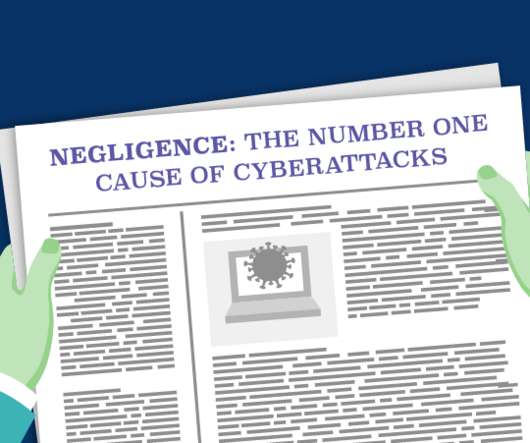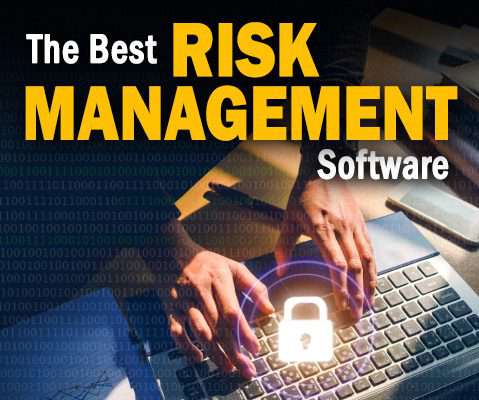Risk Assessment vs Risk Analysis
Reciprocity
APRIL 4, 2022
A risk assessment evaluates all the potential risks to your organization’s ability to do business. A risk analysis is conducted for each identified risk, and security controls are pinpointed to mitigate or avoid these threats. Implement controls and risk response plans to prevent and mitigate risk.




























Let's personalize your content